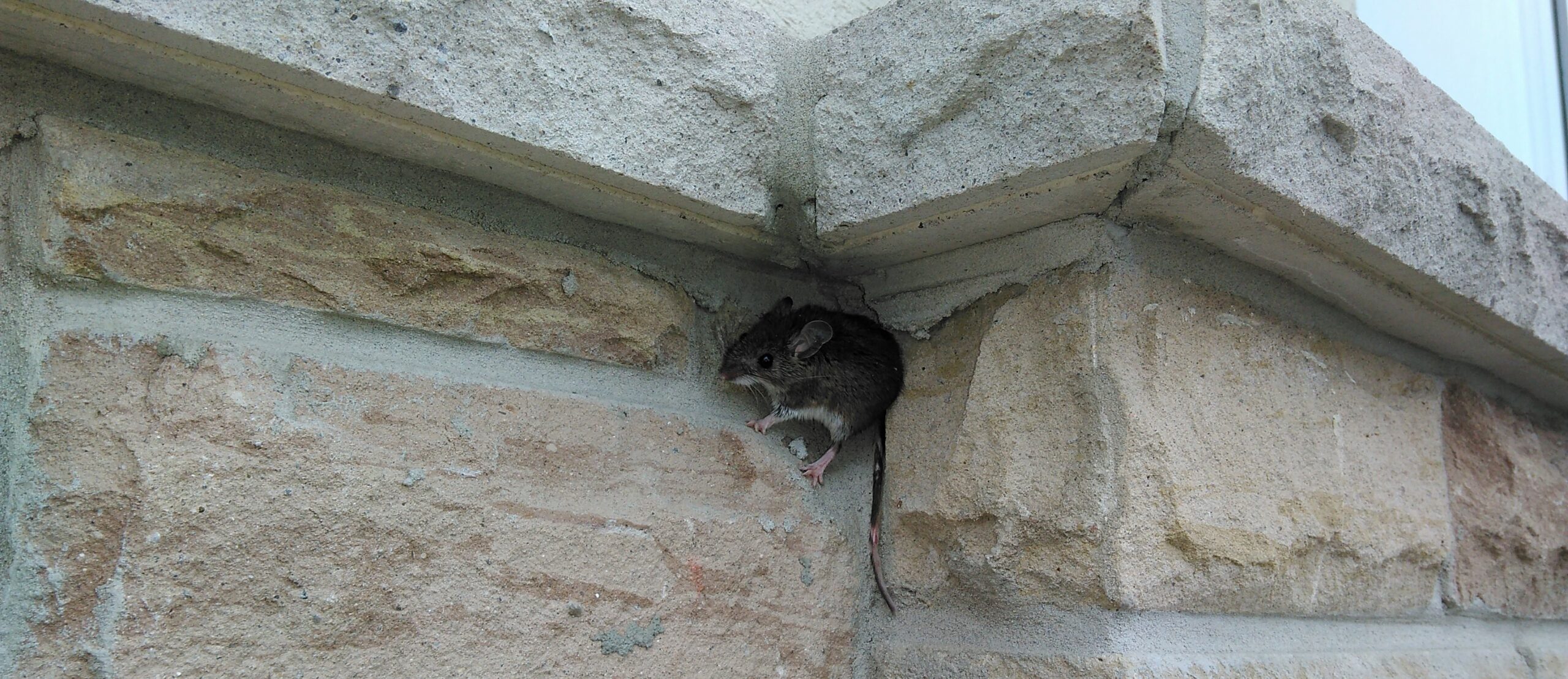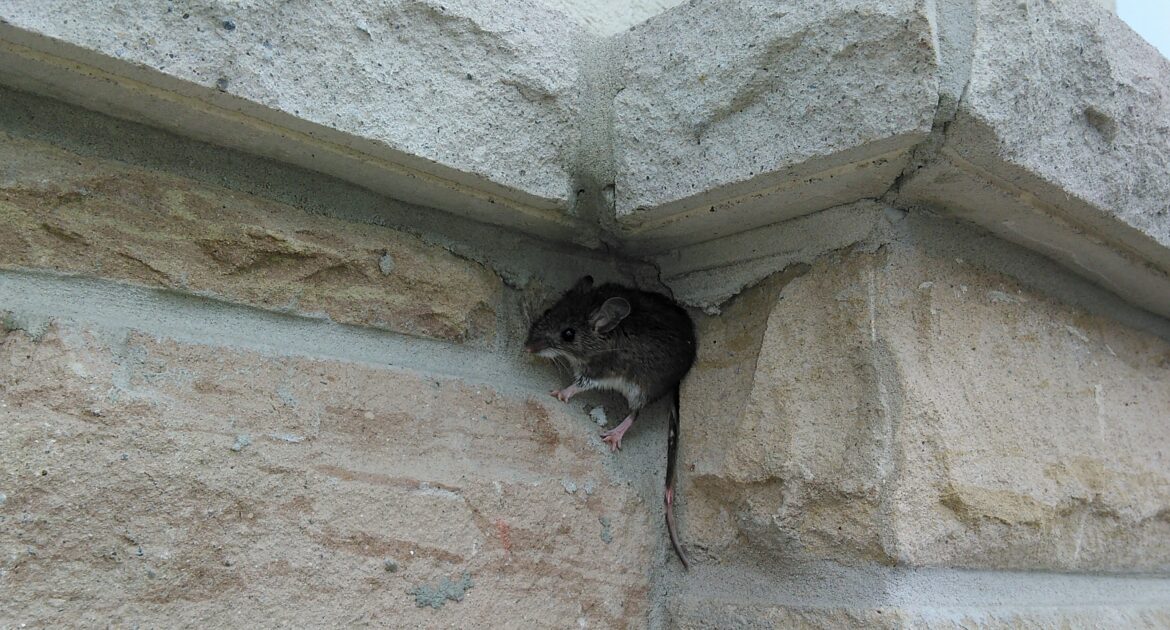Have you ever noticed a fleeting shadow darting across the floor or heard the faint sound of scratching in the walls? These could be telltale signs of house mice, small yet formidable invaders that can turn your cozy home into their personal playground. But how do house mice get in your home, and what is it about their behavior that makes them so difficult to control? By delving into the intricacies of house mice behavior, we can uncover valuable insights that lead to more effective prevention strategies.
Knowing the behavior of house mice is crucial for preventing infestations and shielding your home from these unwelcome guests. House mice are incredibly adept at finding and exploiting entry points, such as gaps in walls, vents, and even the tiniest cracks. Once inside, they breed rapidly, nest in hidden corners, and gnaw on anything from furniture to electrical wiring. This not only poses a risk to your property but also to your health, as house mice can carry diseases and contaminate food sources.
By understanding the behavior of house mice, homeowners can take proactive steps to prevent infestations and safeguard their homes and families. Throughout this article, we will explore the various ways mice enter homes, their nesting and feeding habits, and the potential dangers they pose. We will also highlight effective mice prevention services in Middlesex County, specifically from our trusted partners at Skedaddle Humane Wildlife Control in Boston. Let’s dive deeper into the world of house mice and discover how to keep them at bay.
Foraging and Feeding
House mice are opportunistic feeders with a broad range of dietary preferences. They are particularly attracted to seeds, grains, and sweets, which are abundant in most households. Items such as cereals, pet food, and leftover crumbs can quickly become a feast for these small invaders. House mice also have a penchant for fruits and nuts, making your pantry a potential hotspot for their nocturnal raids.
When it comes to foraging, house mice rely heavily on their keen sense of smell and their decent, though not exceptional, vision. They use their highly developed olfactory senses to locate food sources, easily navigating through dark environments. Their whiskers also play a crucial role, helping them sense objects and movements as they scurry around searching for nourishment. Vision, although less critical, still aids in their ability to detect changes in light and shadow, keeping them aware of nearby threats or food opportunities. These combined sensory abilities make house mice formidable scavengers, able to thrive even in the most challenging conditions.
Shelter and Nesting
House mice prefer to seek shelter in dark, quiet areas that provide them with ample nesting materials and safety from predators. Common hiding spots include attics, basements, behind appliances, and wall voids. These secluded areas offer mice the tranquility and security they need to thrive and reproduce. They are particularly attracted to places with abundant food sources nearby, making kitchens and pantries a prime target when searching for nesting locations.
When it comes to building their nests, house mice are incredibly resourceful. They gather a variety of materials to construct a comfortable and insulated environment for themselves and their young. Shredded paper, fabric, cotton, and even bits of insulation are common items found in a mouse nest. Mice use their teeth to tear these materials into manageable pieces, weaving them together to create a warm and cushioned nest. This nesting behavior allows them to survive and reproduce efficiently, further increasing the challenge of controlling a house mouse infestation.
Breeding and Social Behaviors
House mice are prolific breeders, capable of reproducing throughout the entire year, with no specific mating season to limit their proliferation. A single female can give birth to up to 10 litters annually, with each litter typically comprising 5 to 8 pups. This rapid breeding cycle allows populations to explode in a short period, making early intervention crucial. Within a mere 6 weeks, newly born mice mature and become reproductive, perpetuating the cycle of infestation if left unchecked. This exponential growth underscores the importance of diligent monitoring and quick response to signs of a mouse presence in your home.
The social structure of a house mouse colony is intricate and involves a defined dominance hierarchy. Typically, the dominant male oversees a territory that encompasses several females and their offspring. This alpha male asserts control over food resources and nesting sites, frequently engaging in territorial disputes to maintain dominance. Communication within the colony is multifaceted, employing pheromones, vocalizations, and tactile signals. These methods are vital in reinforcing social bonds, establishing territorial boundaries, and coordinating breeding activities.
Exploratory and Investigatory Actions
House mice possess an innate curiosity, constantly exploring their surroundings in search of food, shelter, and potential threats. This exploratory nature is a key aspect of their survival strategy, allowing them to navigate and adapt to various environments, including your home. Their small size and agility enable them to squeeze through tight spaces and access areas that might seem impenetrable.
Mice rely heavily on their senses to investigate their environment. Whiskers play a crucial role in their explorations, providing tactile feedback as they brush against objects. These sensitive whiskers, known as vibrissae, help mice detect changes in their surroundings and navigate in the dark. They use them to measure openings and detect surface textures, ensuring they can move safely through tight or unfamiliar spaces.
Additionally, scent plays a significant role in how house mice investigate their environment. They have a highly developed sense of smell, which aids in locating food sources, identifying other mice, and mapping out their territory. By leaving scent trails and using pheromones, mice communicate with colony members, coordinate activities, and establish dominance hierarchies. These scent marks can also inform them about potential dangers or safe routes.
Activity Patterns and Habitat Use
House mice are primarily nocturnal creatures, meaning they are most active during the night. This behavior is an evolutionary adaptation to avoid predators and human activity. Their peak activity periods generally occur shortly after dusk and just before dawn. During these times, house mice forage for food, search for nesting materials, and explore their environment. This nocturnal behavior can make detecting and controlling house mice challenging, as their most active hours are when homeowners are typically less vigilant.
House mice are extremely adaptable and can thrive in a variety of environments, but they show a strong preference for certain types of habitats. They are known to access and utilize vertical spaces such as walls, ceilings, and attics. The use of vertical spaces helps them avoid ground-based threats and find isolated, undisturbed locations for nesting. Mice are expert climbers and can squeeze through tiny gaps, allowing them to move effortlessly between different levels of a structure.
Inside homes, mice often prefer secluded and quiet areas that provide shelter and warmth. Common nesting sites include inside wall cavities, beneath floorboards, behind appliances, and in unused corners of garages or basements.
House Mice Behavior: A Path to Prevention
Understanding the behavior of house mice is critical for preventing infestations and protecting your home. These small but resilient creatures exploit every opportunity to enter your living space, using their keen senses and rapid breeding abilities. Recognizing their foraging, nesting, and exploratory patterns can help homeowners take proactive steps to deter them. The potential risks of having house mice in your home range from property damage to serious health hazards, making it vital to address any signs of activity promptly.
To mitigate these risks, professional wildlife control services are essential. We offer expert assistance in identifying and managing mouse infestations. Our experienced technicians use humane and effective methods to deter house mice from your property while preventing future invasions. Understanding “how house mice get in your home” and their behavior is our path to customized and reliable solutions.
Taking proactive measures against house mice begins with understanding their behavior. By partnering with Skedaddle Humane Wildlife Control, you can ensure that your home remains safe and secure from these unwanted intruders. Contact us to request a quote and learn more about our mice prevention services in Middlesex County today.





